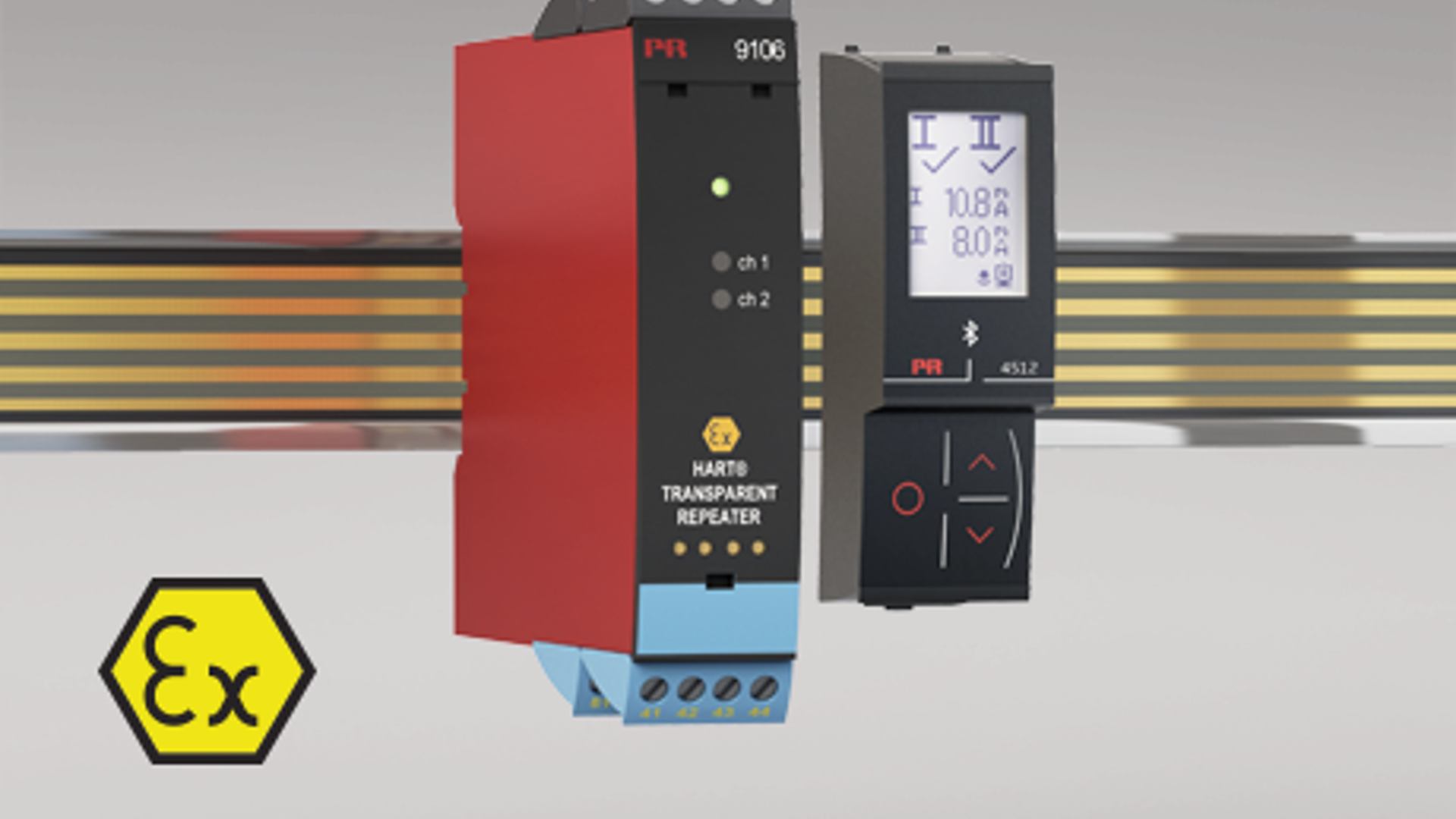
Isolated barriers vs. Zener barriers
Isolated barriers have several advantages compared to Zener barriers:
- A Zener barrier is a pass-through device, so it does not isolate the field device from the PLC. Using an isolated barrier eliminates the possibility of a ground loop by isolating the field device from the PLC. It is best to isolate field signals, because it is difficult to foresee all possible ground loops in the design before commissioning the system.
- To be intrinsically safe (I.S.), Zener barriers must be connected to a dedicated I.S. ground. This ground wiring must be run separately, i.e. in separate cable trays – which costs money to create and maintain.
Understand the difference between a Zener barrier and an intrinsically safe isolator. - Because Zener barriers require a ground connection to provide intrinsic safety, periodic checking of the ground connection is performed to ensure the resistance from each barrier to ground does not exceed 1Ω. The processes requiring intrinsic safety should be turned off while this check is performed.
- Operationally, a Zener barrier is more likely to blow its fuse, shutting down the loop until the loop issue is solved and the fuse replaced. An isolated barrier is less likely to blow its fuse, allowing the loop to be automatically restored when the loop fault is cleared.
- Unlike Zener barriers, isolated barriers usually reduce loop loading, not increase it. Sometimes, isolation barriers are chosen solely for this reason.
- Because Zener barriers are pass-through devices, the control system can have trouble measuring signals with high common mode voltage, e.g. grounded thermocouples connected to, or located close to, voltage sources and fields. Using an isolated barrier eliminates the common mode voltage problem.
- A Zener barrier does not perform signal conversion. Thus, low-level thermocouple and RTD temperature signals connected to a Zener barrier are subject to attenuation and error due to electromagnetic interference. An isolated barrier/signal conditioner isolates and converts low-level temperature signals to a 4…20 mA current, which is inherently more immune to electromagnetic interference and attenuation. This signal conversion allows the PLC to accurately measure distant temperature sensors. You can read more about the advantages of converting RTD and thermocouple signals to 4…20 mA current here.
- A Zener barrier cannot convert a passive current signal to an active current signal, or vice versa. Most isolated barriers can make this conversion, which allows “loop matching” of the field device to the PLC input card.
However, depending on what is needed, Zener barriers also have advantages:
- They can be smaller than isolation barriers.
- They do not require external power.
- They can be cheaper.
In conclusion, although a Zener barrier in most cases is the most cost-effective solution, using isolated barriers is the superior, long-term performance solution. Because of the galvanic isolation and the additional electronics used within the isolated barriers, it provides:
- superior noise immunity
- possibility for signal conversion solving specific applications
- no dedicated I.S. ground is needed, reducing additionally maintenance requirements
- signal enhancement
- practically eliminating impedance concerns
Product Spotlight: The 9106B HART transparent repeater
Get an introduction to HART and the 9106B and what it can do for you.


